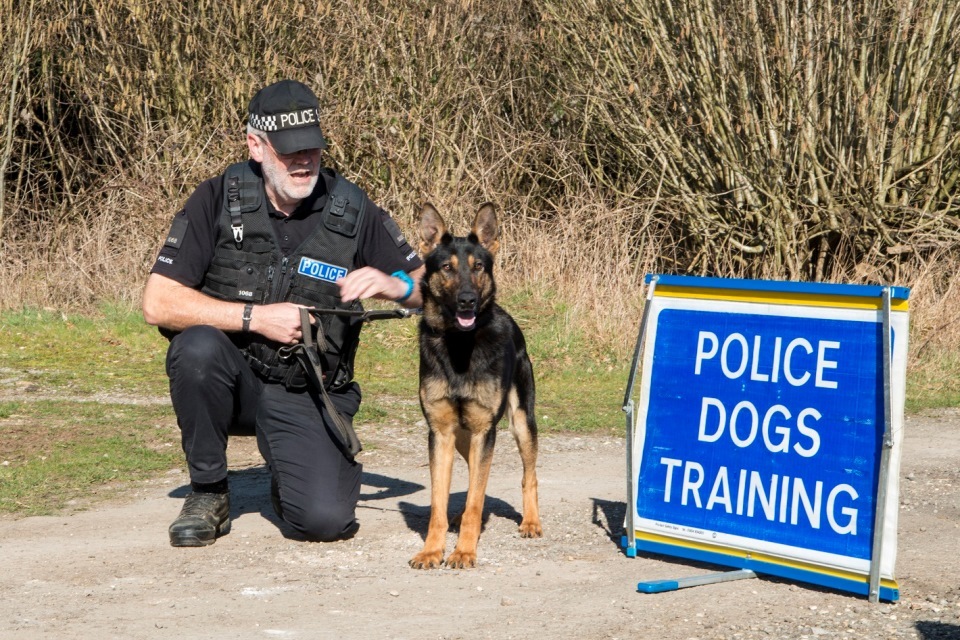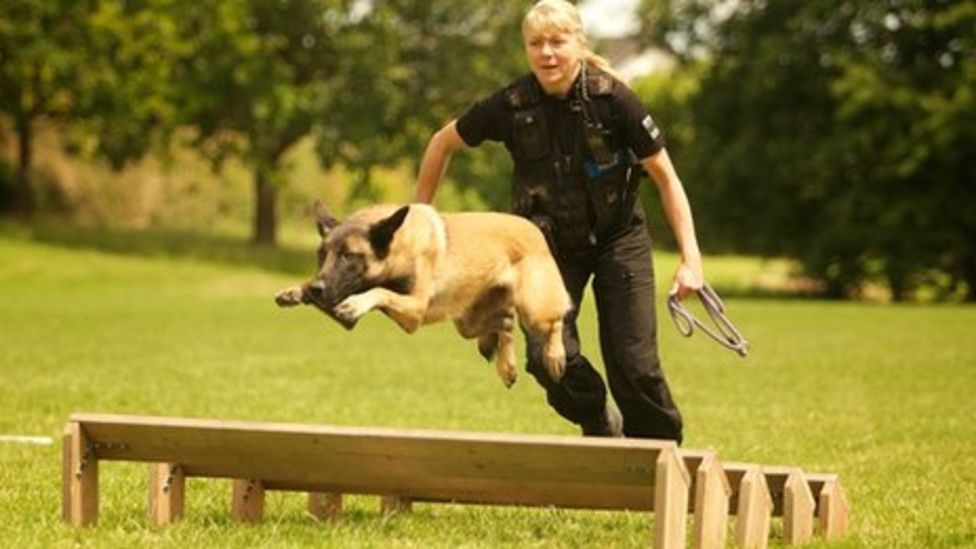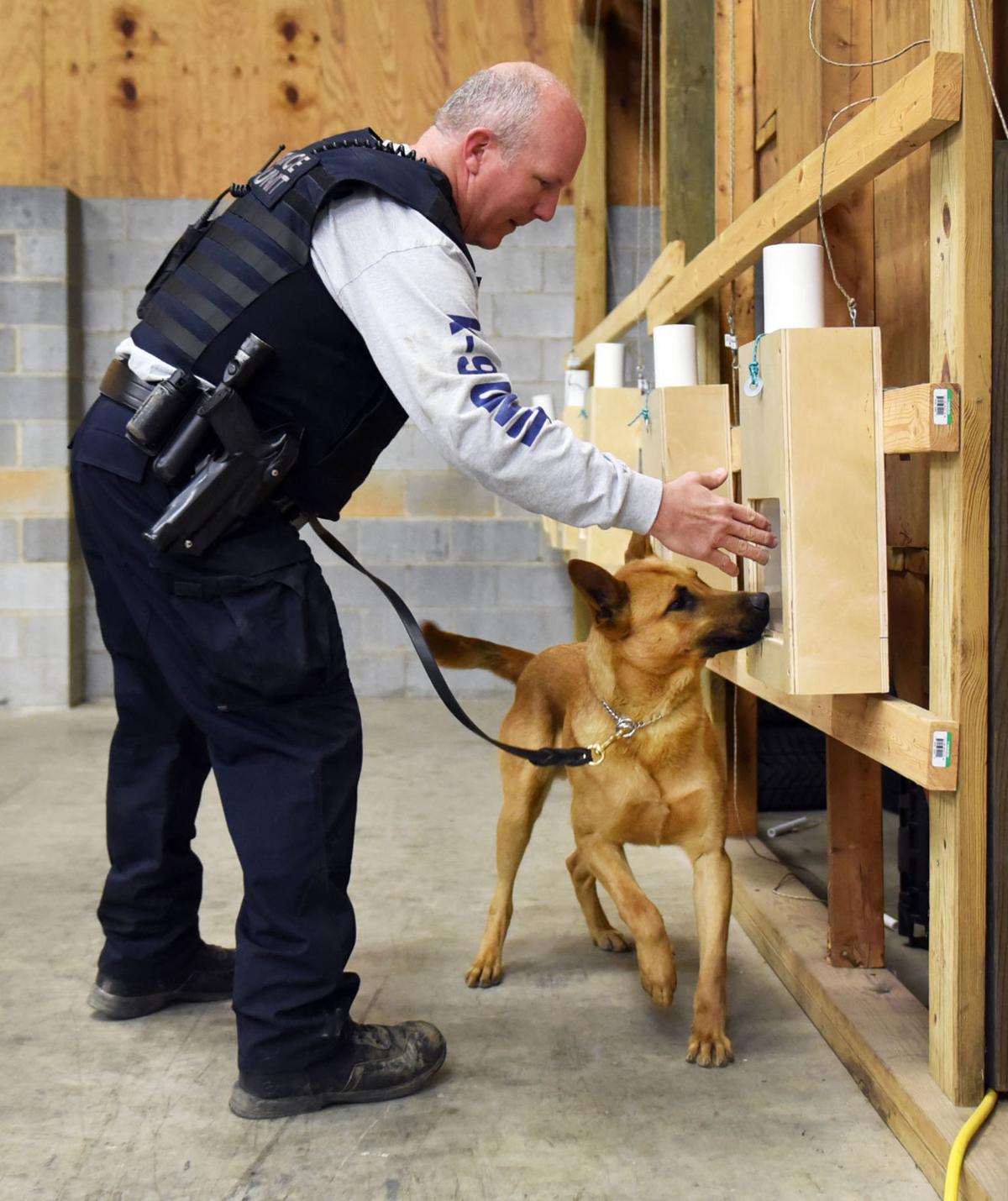how police dogs are trained
How Police Dogs are Trained
Police dogs are an essential part of law enforcement, and for good reason. They can be used for a variety of tasks, including tracking suspects, searching for drugs and explosives, and providing protection. But how are these dogs trained to do such amazing things?
The training of a police dog is a complex and challenging process, but it is also one that is essential to ensure the safety of both the dogs and the officers who work with them. Police dog training typically begins when the dogs are just puppies, and it can last for up to two years.
The first step in the training process is to socialize the dogs and teach them basic obedience commands. This helps to ensure that the dogs are well-behaved and that they can follow instructions. Once the dogs have mastered basic obedience, they can begin to learn more specialized skills, such as tracking, searching, and apprehension.
Tracking is a critical skill for police dogs, as it allows them to follow a suspect's trail even if the suspect has tried to hide their tracks. Tracking dogs are taught to follow a scent trail by using their nose to detect the faintest traces of odor. They are also taught to ignore distractions, such as other people or animals, so that they can stay focused on the task at hand.
Searching is another important skill for police dogs, as it allows them to find hidden drugs, explosives, and other contraband. Search dogs are trained to search a variety of different environments, including buildings, vehicles, and luggage. They are also taught to identify specific objects, such as drugs or explosives, by their scent.
Apprehension is a final skill that police dogs are taught. Apprehension dogs are trained to physically apprehend suspects who are resisting arrest. They are taught to bite and hold the suspect until the officer can arrive on the scene.

The training of a police dog is a rigorous and demanding process, but it is also one that is incredibly rewarding. Police dogs are an invaluable asset to law enforcement, and they play a vital role in keeping our communities safe.
The Different Types of Police Dogs
There are many different breeds of dogs that are used as police dogs, each with their own unique strengths and weaknesses. Some of the most common breeds include German Shepherds, Belgian Malinois, Labrador Retrievers, and Doberman Pinschers.

The breed of dog that is selected for police work will depend on the specific tasks that the dog will be required to perform. For example, German Shepherds and Belgian Malinois are often used for tracking and apprehension, while Labrador Retrievers are often used for searching and drug detection.
No matter what breed they are, all police dogs undergo rigorous training to ensure that they are able to perform their duties effectively. This training typically begins when the dogs are just puppies, and it can last for up to two years.
The Benefits of Using Police Dogs

Police dogs offer a number of benefits to law enforcement, including:
- Increased safety: Police dogs can help to keep officers safe by providing early warning of potential threats and by apprehending suspects.
- Enhanced crime-fighting capabilities: Police dogs can help to solve crimes by tracking suspects, searching for evidence, and detecting drugs and explosives.
- Improved public relations: Police dogs can help to build relationships between law enforcement and the community.
The Challenges of Using Police Dogs

There are also a number of challenges associated with using police dogs, including:
- Cost: Police dogs can be expensive to purchase, train, and maintain.
- Time commitment: Police dogs require a significant amount of time and attention, both during training and in the field.
- Risk of injury: Police dogs are often exposed to dangerous situations, and they can be injured or killed in the line of duty.
Despite the challenges, police dogs are an invaluable asset to law enforcement. They provide a number of benefits that help to keep officers and communities safe.

How to Become a Police Dog Handler
If you are interested in becoming a police dog handler, there are a few things you will need to do. First, you will need to meet the minimum requirements for becoming a police officer. This typically includes being at least 21 years old, having a high school diploma or GED, and passing a background check and physical fitness test.
Once you have met the minimum requirements, you will need to attend a police academy. The length of the police academy varies from state to state, but it typically lasts for 12 to 16 weeks. During the police academy, you will learn the basics of law enforcement, including criminal law, traffic law, and self-defense. You will also receive training in firearms, first aid, and crisis intervention.

After you graduate from the police academy, you will be assigned to a police department. Once you are assigned to a department
Thank you for exploring our website by how police dogs are trained. Your presence fuels our commitment to excellence. Come back for a more enriching experience!

